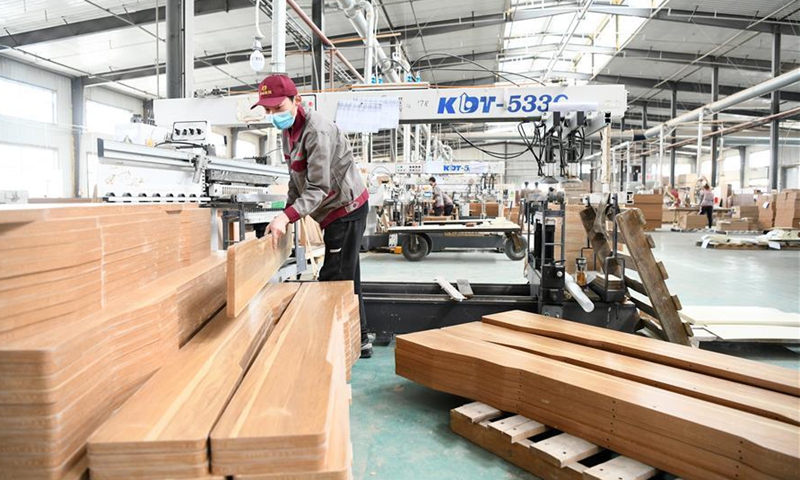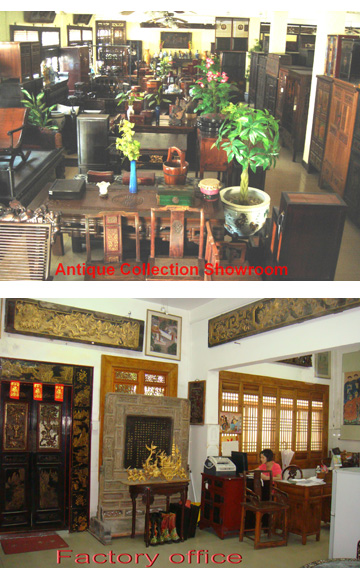This is a complete guide for assessing the materials from the Chinese furniture maker like OPPEIN.
1. Learn more about the various kinds of materials:
You should familiarize yourself with the various materials used to make furniture. For instance, MDF is a medium-density woodboard. Particleboard, laminate, MDF and solid hardwood are common materials. Each material is distinctive and has its own distinct characteristics and advantages or disadvantages. Solid wood is the most durable, aesthetically appealing and cost-effective. Wood products made of engineering like MDF are more flexible and less expensive. Knowing what you should look for will help you make a well-informed comparison between different brands.
2. Verify the certifications
Find certifications that demonstrate material safety and quality standards. Certificates such as CARB certification (California Air Resources Board) which indicates conformity with formaldehyde levels found in wood, or ISO certifications indicating quality control in manufacturing, could indicate a commitment by a manufacturer to produce high-quality products. These certifications ensure that materials are free of harmful substances and adhere to international standards.
3. The wood grades are:
Contact the manufacturer to inquire about the grade. Wood is graded based on the quality of its appearance, durability and the purpose for which it was intended. The more expensive grades, such as A or B, will contain fewer knots and imperfections. Understanding the process of wood grading can assist you in determining the durability and the quality of furniture.
4. The surface finishes must be examined:
Surface finishes have a significant impact on the longevity and appearance of furniture. The best finishes are uniform, smooth and resistant to stains, moisture, and scratches. Examine the texture and appearance of different finishes, and request samples.
5. Examine Hardware Components:
Hardware, which includes hinges, drawer slides and handles, is a key component of the quality and function of furniture. Examine the materials and construction of the hardware. High-quality metal hardware will feel sturdy, operate effortlessly and endure wear. Find specific brands or specifications that are known for their dependability for example, soft-closing mechanisms for drawers and doors.
6. Learn about sustainable sourcing and sustainability:
Find out if and how the material is procured from the manufacturing company. Sustainable sourcing not only benefits the environment, but it could also be a sign of a company's commitment to quality. standards of quality. Ask about the origin of the wood and if the trees are being handled in a sustainable way. Companies that focus on sustainability usually are more discerning in their quality standards to protect their image.
Review Products:
Request samples or prototypes of furniture you're thinking about. Then, you can physically test the quality of the materials and the workmanship. Be aware of the way they feel, weight and are constructed. It should be solid and sturdy, with no indications that it is weak or unstable.
8. Contact us to inquire about testing procedures
Find out if tests on the material are carried out by the manufacturer to assess durability and performance. Manufacturers who are reliable frequently test for endurance and resistance to moisture as well as toughness. Understanding the testing methods of a company can aid in gaining confidence in their materials, as they show their commitment to quality.
9. Examine the Transparency of the Manufacturer:
A reputable producer should be transparent and open about the materials they use and their production process. They should not have a problem with providing information on the materials they use, the types that are used and their methods of sourcing as well as any certificates. If a company is reluctant to provide information on their materials, it could be a warning sign about the quality.
10. Review and consider Customer Feedback:
Check out reviews and reviews of past customers. Comments about the material's quality and durability can give you an idea of what you can expect. Be aware of any common topics in reviews, like comments regarding the quality of the materials or praise for their durability. This will help you gauge the overall reputation.
In conclusion, assessing the quality of the materials used by a Chinese furniture manufacturer like OPPEIN is a careful evaluation of several factors, including the types of materials, certifications and feedback from customers. These tips will help you make an informed choice, and will allow you to be sure that your furniture meets all of your standards and expectations. See the top wood door manufacturers for blog recommendations including modular cabinets, custom kitchen cabinets near me, kitchen cabinet uppers, kitchen cabinets ideas, closet walk, types of kitchen units, home cabinets, kitchen cabinets near me, wardrobe built in, diy cabinets kitchen and more.

Top 10 Tips For Assessing The Lead Times And Capacity Of A Chinese Manufacturer
Here is a guide that can help you evaluate the production capacity and lead times of an Chinese manufacturer such as OPPEIN. This article is especially helpful for custom furniture, such as kitchen cabinets, wardrobes, and much more.
1. For more detailed production schedules, contact us:
In the beginning, you should inquire from the manufacturer about detailed production plans. The timeline should cover each stage of the production process from the sourcing of raw materials to final assembly and shipping. Knowing the timeline of production will aid in determining if their capacity is compatible with your project deadlines.
2. Inquire About Standard Lead Times:
Ask the manufacturer for their typical lead times for different kinds of furniture. The lead times for furniture can be dependent on the complexity of the product, customization options as well as order volume. Knowing the average lead times for the products that you're looking for will help you gauge the ability of these products to complete your orders quickly.
3. Find out if you have the capacity to manage large orders.
Assess the ability of the manufacturer to manage large orders, particularly when you're planning an extensive project for example, like the outfitting of an entire hotel or group of apartments. You should ask what the manufacturer's maximum capacity for production per product line. Also, determine if it can scale production in times of peak demand.
4. Understand the effects of customization on lead times.
The manufacturer's management of lead times is affected by customization. This is why it's essential to learn how they handle this. It is important to inquire about the amount of time is required for custom orders contrast to standard items. Transparency is shown when a manufacturer clearly explains the effect of customization on lead time.
5. Flexible Production Scheduling
Ascertain the ability of the manufacturer regarding the ability to adjust production schedules. Manufacturers may require quick adjustments when project timelines change. A manufacturer that is able to accommodate the changes in lead times or prioritize urgent orders will be more likely meet evolving needs.
6. Study Process and Workflow Efficiency:
The efficiency of the manufacturing process. Find out about the automation processes, workflows, or lean production practices. A manufacturing company with modern processes, efficient processes and a larger production capacity is likely have lower lead times and superior overall service.
7. Check the Backup Production
If there are unforeseen issues such as equipment failures or disruptions to the supply chain, it is essential to understand what contingency plans are in place by the manufacturer. If they've got backup capacities for production or other suppliers of materials, inquire. A business with a strong contingency plan is better prepared to face unexpected problems without affecting lead time.
8. Review past performance metrics:
Ask the manufacturer about past performance with regard to lead time and production capacity. This could include information on the average lead-times for different types of products, their on-time deliver rates, or any historical trends regarding production capacity. The information you gather can help you gain an understanding of their reliability and scalability.
9. Examine Communication During Production:
Effective communication during the production process is critical. Ask how the manufacturer updates customers about the status and progress of their orders. This is especially important if there are any delays or modifications to the lead time. An open communication line between the customer and the manufacturer shows commitment to their service. This will help you establish expectations for your project.
10. Get references from former clients
Ask for references from clients who were involved in similar projects in the same way with the producer. Ask about lead times and production capacity from these customers. Positive reviews of the reliability of the company can help you gauge its ability to meet your deadlines.
In the end, evaluating the lead times and production capacity of the Chinese furniture manufacturer such as OPPEIN requires a thorough examination of the production schedules, flexibility, process efficiency, as well as client feedback. Follow these steps to ensure that the furniture manufacturer is in a position to meet your deadlines and demands. Follow the most popular European kitchen cabinets manufacturers for blog advice including two tone kitchen units, high end kitchen cabinets, cabinet style doors, 2 tone kitchen cabinets, cabinet ideas, kitchen design ideas cabinets, kitchen cabinets and design, cabinet manufacturers, luxury kitchen cupboards, shaker style kitchen cupboards and more.
